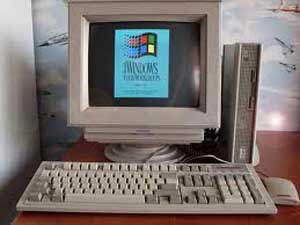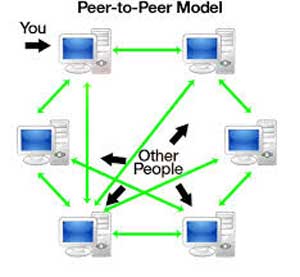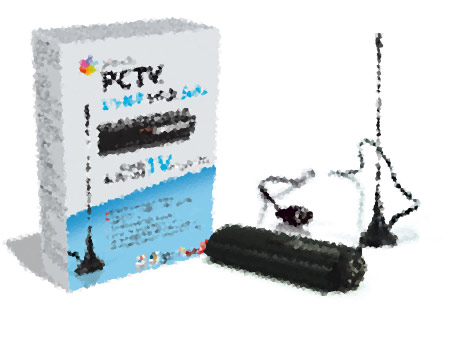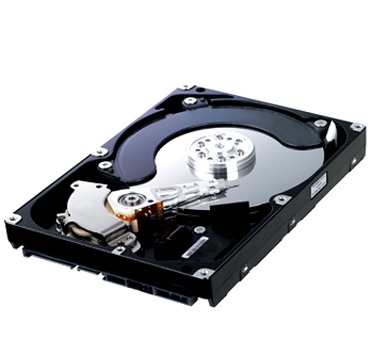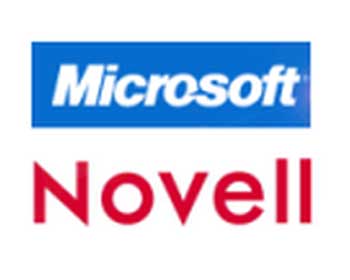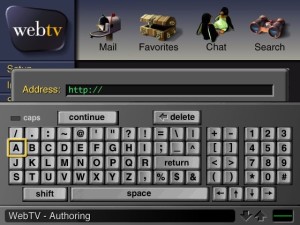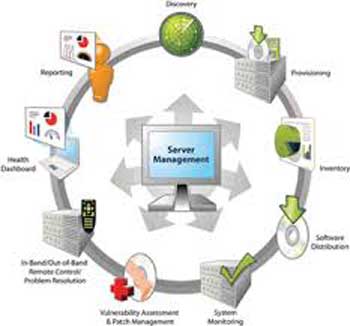Social media is no longer just for sheer entertainment. It has evolved to become a powerful platform where people connect with the world, share their experiences, and voice out their opinions on all issues affecting mankind. What started out as a convenient way to get in touch with family and a close circle of friends are now being used as a business tool to promote and grow brands, big or small, and even a medium where people learn about the latest news from all corners of the globe that mostly contain raw and unedited videos.
 Social media platforms like Facebook is a hub for just about everything you can think of, from status updates, photo, and video sharing, messaging support, business advertising, live streaming feature, and so much more. There is so much going on that you can get lost in it for hours without realizing the clock ticking by. Meanwhile, Instagram provides gorgeous and captivating visuals and has become a major trendsetter as well in recent years. Twitter – despite its limitations, there are apps to smooth the experience– is a favorite of those who always have something to say and even an excellent source for current events and news. People …
Social media platforms like Facebook is a hub for just about everything you can think of, from status updates, photo, and video sharing, messaging support, business advertising, live streaming feature, and so much more. There is so much going on that you can get lost in it for hours without realizing the clock ticking by. Meanwhile, Instagram provides gorgeous and captivating visuals and has become a major trendsetter as well in recent years. Twitter – despite its limitations, there are apps to smooth the experience– is a favorite of those who always have something to say and even an excellent source for current events and news. People …



